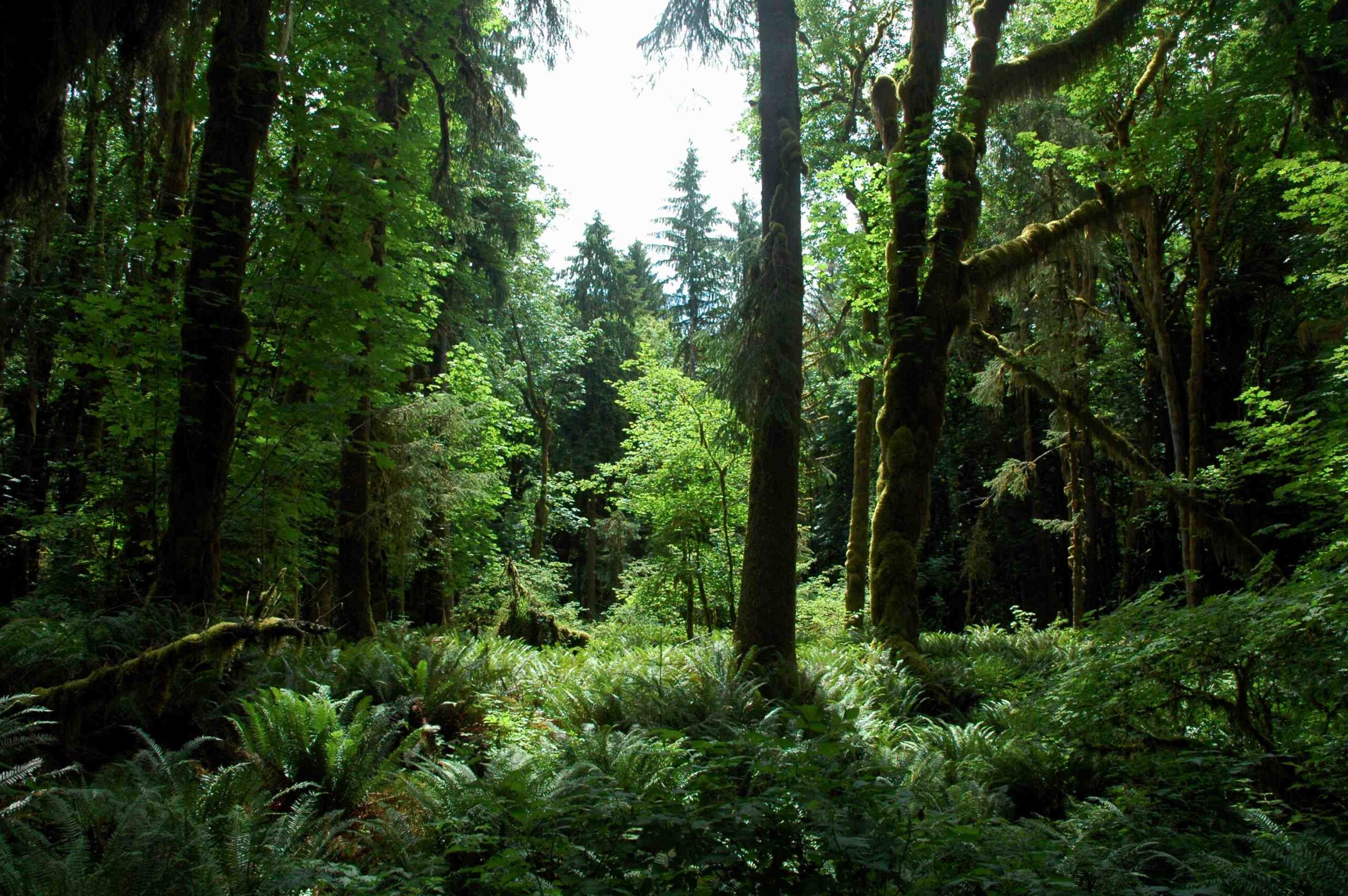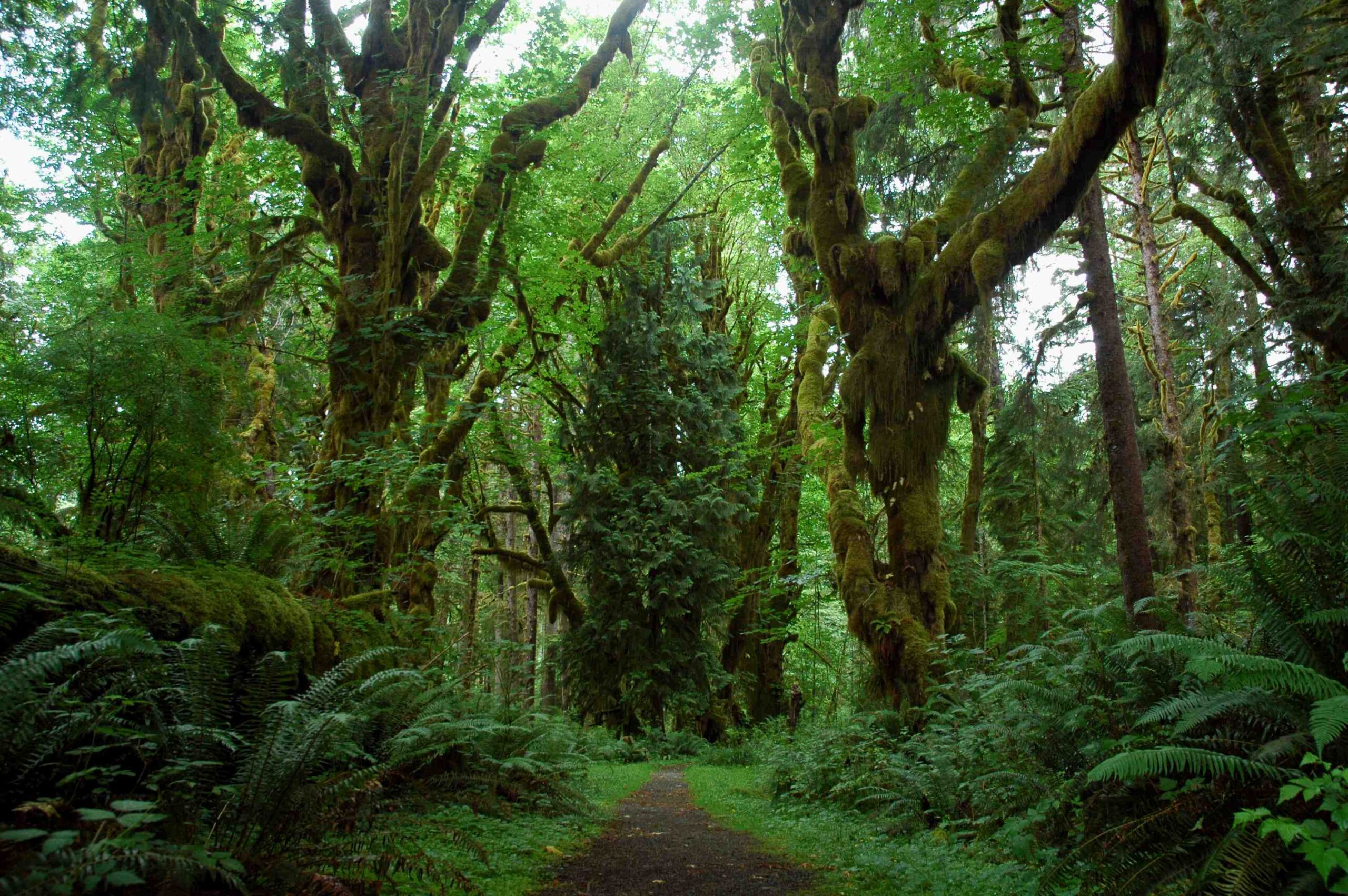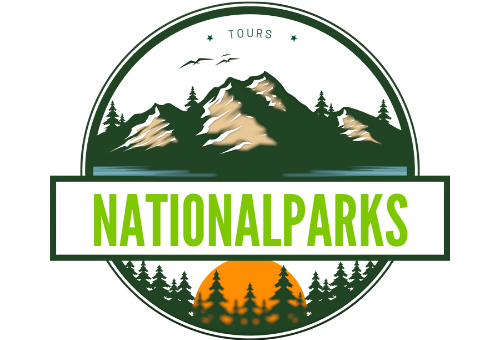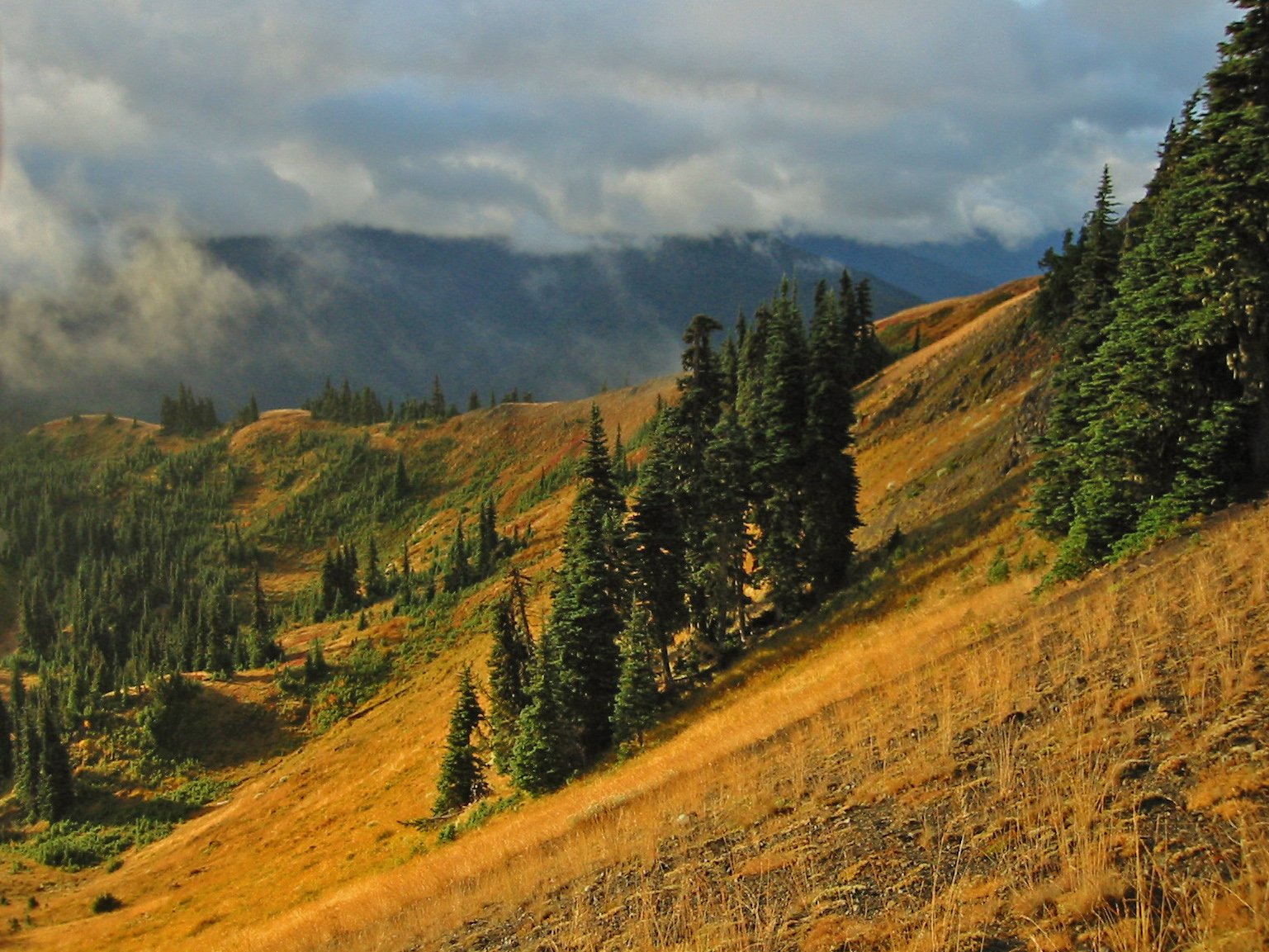Olympic National Park cable bridges are essential structures that connect hikers to some of the park’s most breathtaking landscapes. These bridges, spanning across rivers and creeks, provide safe passage for adventurers exploring the diverse ecosystems of the Olympic Peninsula. From the lush rainforests to the rugged coastline, cable bridges play a crucial role in maintaining trail accessibility and preserving the natural environment.
What Are the Most Notable Cable Bridges in Olympic National Park?

While Olympic National Park boasts numerous bridges, one of the most significant is the Crystal Creek Bridge. Located on the trail to Olympic Hot Springs, this bridge replaced a former suspension bridge that was washed away by flooding. Here are some key details about the Crystal Creek Bridge:
- Location: On the Olympic Hot Springs Trail
- Type: Log bridge (replacing previous suspension bridge)
- Distance from Trailhead: Approximately 7 miles
- Accessibility: Hikers only (no bikes allowed past wilderness boundary)
Where Can Hikers Find Cable Bridges in the Park?

Cable bridges in Olympic National Park are typically found along hiking trails that cross water bodies. The Olympic Hot Springs Trail is a prime example, featuring the Crystal Creek Bridge. Here’s what hikers need to know about this trail:
- Trail Length: 21 miles round trip
- Starting Point: Elwha River Road trailhead
- Terrain: Mix of road walk and narrow trails
- Difficulty: Moderate to difficult
- Estimated Time: Full day hike
How Safe Are the Cable Bridges in Olympic National Park?
Safety is a top priority for the National Park Service. While specific protocols for cable bridges aren’t detailed, general safety guidelines include:
- Regular structural integrity assessments
- Weight limit considerations (though not explicitly stated)
- Emergency contact information availability
Hikers should always exercise caution when crossing bridges and report any concerns to park rangers.
What Are the Best Photography Spots for Cable Bridges?
For photographers looking to capture the beauty of Olympic National Park’s cable bridges, the Crystal Creek Bridge offers excellent opportunities:
- Optimal Lighting: Early morning or late afternoon
- Camera Settings: Low ISO, wide-angle lens
- Unique Perspectives:
- Shoot from below or above the bridge
- Include surrounding landscape elements
- Focus on the bridge’s structure against natural backdrops
How Do Cable Bridges Enhance the Hiking Experience in Olympic National Park?
Cable bridges in Olympic National Park serve multiple purposes:
- Trail Connectivity: Bridges allow hikers to cross rivers and creeks safely.
- Environmental Protection: They minimize human impact on sensitive ecosystems.
- Scenic Views: Bridges often provide unique vantage points for observing the landscape.
- Historical Significance: Some bridges, like the former suspension bridge at Crystal Creek, have historical value.
What Should Hikers Know Before Crossing Cable Bridges?
Before embarking on a hike that includes cable bridge crossings, consider the following:
- Check trail conditions and bridge status with park rangers
- Adhere to all posted safety guidelines
- Cross bridges one person at a time to avoid overloading
- Keep hands free for balance (use backpack straps for gear)
- Be prepared for potential vertigo or fear of heights
How Does Weather Affect Cable Bridge Access in Olympic National Park?
Weather conditions can significantly impact cable bridge accessibility:
| Weather Condition | Potential Impact |
|---|---|
| Heavy Rain | Increased water levels, slippery surfaces |
| Snow/Ice | Reduced traction, potential closure |
| High Winds | Bridge instability, temporary closures |
| Flooding | Bridge damage or washout (as seen with Crystal Creek) |
Always check current weather forecasts and trail conditions before your hike.
What Role Do Cable Bridges Play in Olympic National Park’s Ecosystem?
Cable bridges are more than just trail features; they play a crucial role in the park’s ecosystem management:
- Habitat Preservation: Bridges minimize disturbance to aquatic habitats.
- Erosion Control: They reduce bank erosion caused by hikers crossing waterways.
- Wildlife Corridors: Some bridges allow for uninterrupted wildlife movement beneath them.
- Water Quality Protection: By keeping hikers above water, bridges help maintain water quality.
How Can Visitors Help Preserve Cable Bridges in Olympic National Park?
Visitors can contribute to the longevity and safety of cable bridges by:
- Staying on designated trails
- Reporting any damage or concerns to park rangers
- Following Leave No Trace principles
- Respecting weight limits and crossing one at a time
- Supporting park conservation efforts through donations or volunteer work
By taking these steps, hikers ensure that future generations can continue to enjoy the unique experiences offered by Olympic National Park’s cable bridges.
Remember, while cable bridges provide access to some of the park’s most stunning areas, they are also critical infrastructure that requires respect and care from all visitors. As you plan your next adventure in Olympic National Park, consider the integral role these bridges play in your journey and the park’s overall health.
References:
1. Washington Trails Association: Olympic Hot Springs
2. National Park Service: Wilderness Trip Planner Map
3. My Olympic Park: Entrances to Olympic National Park

